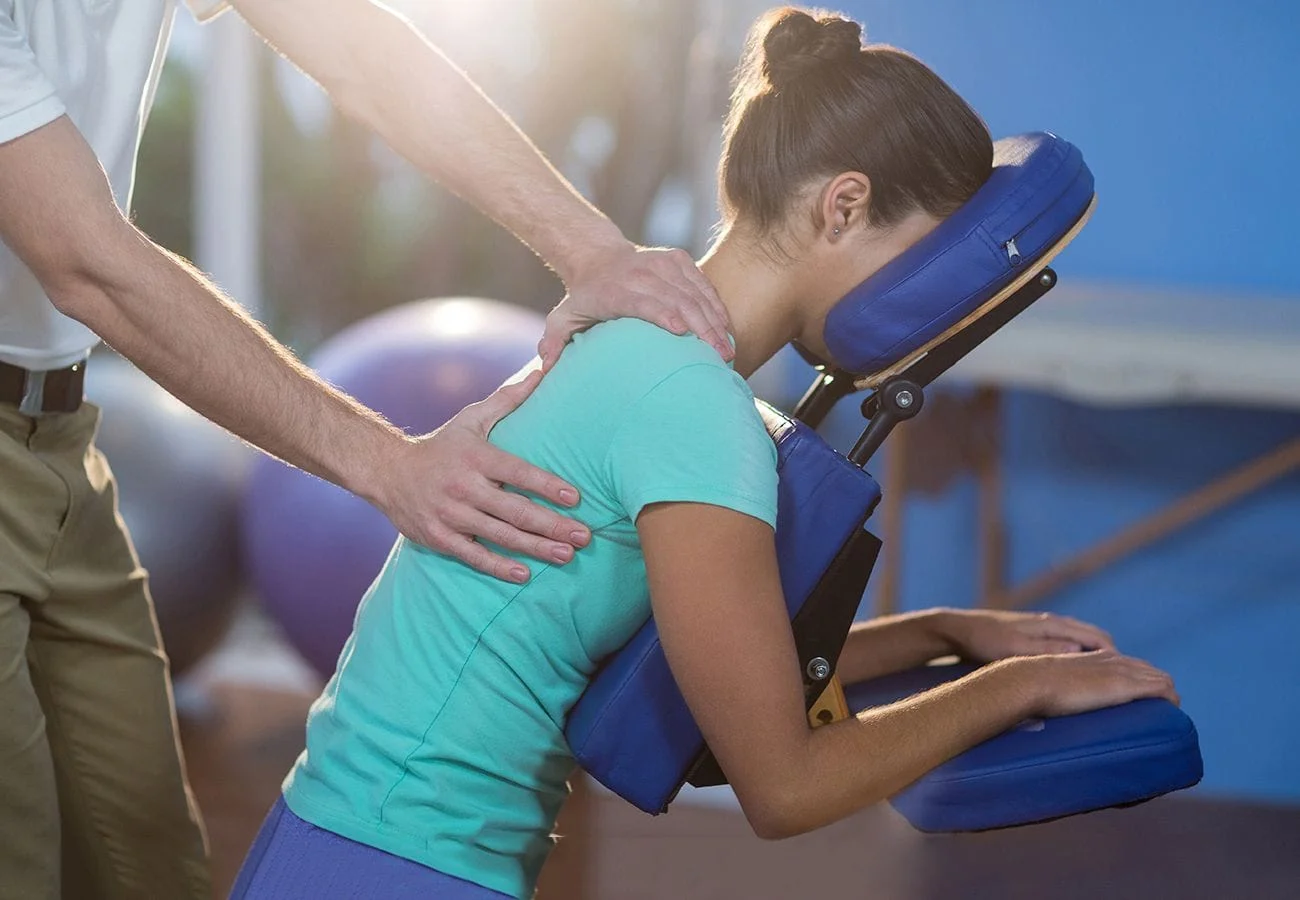You may remember the public health slogan, "Vitamin D helps build strong bones". This message could be seen on colorful school posters and heard on radio and television programs as early as the1950s. Getting enough Vitamin D was a major health issue, primarily for its role in preventing childhood rickets - "softening of the bones".
More recently, and quite dramatically, vitamin D has been strongly associated with reduced cancer risks, preventing autoimmune diseases such as rheumatoid arthritis and lupus, preventing cardiovascular disease, and even helping to prevent diabetes. Vitamin D seems to be a one-stop shop for helping combat many serious chronic diseases, and yet vitamin D deficiency is common in the United States. Very few foods are natural sources of vitamin D. The primary source of vitamin D for humans is sunlight - sunlight causes cells in the skin to produce vitamin D.
But most of us don't spend enough time outside to get sufficient sunlight to provide us with our normal daily requirement of vitamin D. Supplementation is needed, in the form of fortified foods such as milk and in vitamin/mineral tablets. Interestingly, meeting our vitamin D and calcium daily requirements is only one step on the road to healthy, strong bones. Vitamin D helps the body absorb calcium from the intestinal tract. Also, vitamin D helps bone cells utilize calcium to build new bone. But - in adults, new bone will only be built if there's a need for it. Mechanical stress causes the body to produce new bone - and the best source for this kind of bone-building mechanical stress is exercise.
Yes, the E word. It's not enough to passively swallow a bunch of supplements every day. We need to exercise regularly to get the most out of the nutrition we're providing our bodies. When we exercise - particularly when we do strength training and other gravity-resisting activities such as running, walking, and bicycling - our bodies react not only by building new muscle but by building new bone as well. This response follows a physiologic principle known as Wolff's Law - bone remodels along lines of physiologic stress.
In other words, bone responds to mechanical challenges by building more bone. The result is more dense, stronger bones. Such bones are significantly less likely to fracture. And. logically, exercise helps prevent loss of bone mass, a primary cause of osteoporosis in postmenopausal women and older adults. Chiropractic health care helps provide assistance to these metabolic processes. All of our metabolic activities are directed by signals from the nerve system. Our nerve impulses tell our cells when to start and when to stop these complicated biochemical processes. Chiropractic care helps ensure proper flow of information throughout the nervous system, helping us maintain optimal physical health and well-being.
Your chiropractor is an expert in nutritional health and will be able to recommend a program and plan that will be right for you.
1Lins P: Vitamin D physiology. Prog Biophys Mol Biol 92)1:4-8, 2006
2Cavalier E, et al:Vitamin D: current status and perspectives.Clin Chem Lab Med 47:1, 2009
3Holick Me, Chen TC: Vitamin D deficiency: a worldwide problem with health consequences. Am J Clin Nutr 87(4):10805-10865, 2008

